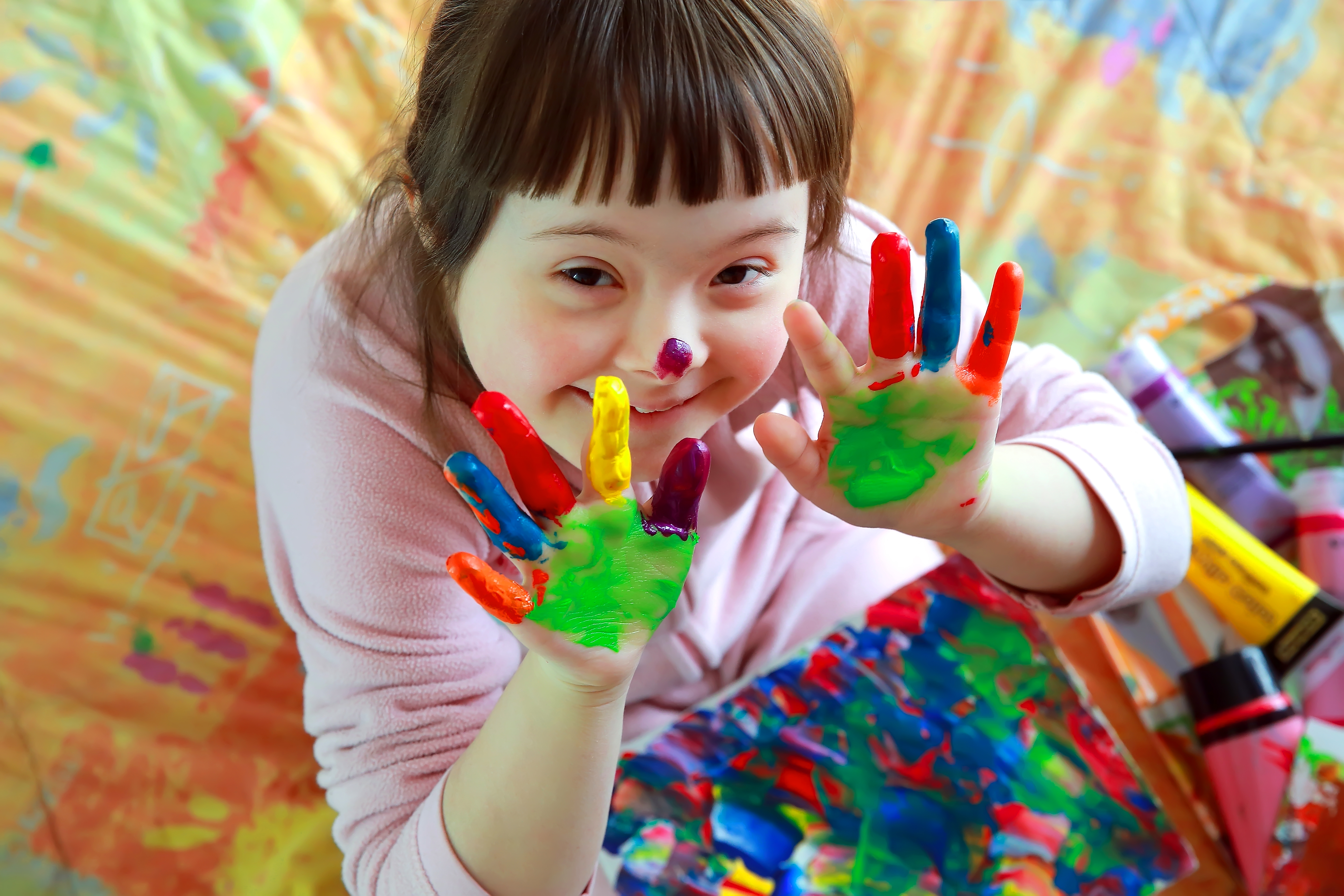CHILDHOOD APRAXIA OF SPEECH
Childhood apraxia of speech (CAS) is an uncommon speech disorder in which a child has difficulty making accurate movements when speaking. In CAS, the brain struggles to develop plans for speech movement.


SPEECH SOUND DISORDERS
Speech sound disorders include problems with articulation(making sounds) and phonological processes(sound patterns).
WHAT IS DYSARTHRIA?
Dysarthria is a motor speech disorder. The muscles of the mouth, face, and respiratory system may become weak, move slowly, or not move at all after a stroke or other brain injury. The type and severity of dysarthria depend on which area of the nervous system is affected.
Some causes of dysarthria include stroke, head injury, cerebral palsy, and muscular dystrophy. Both children and adults can have dysarthria.
WHAT IS STUTTERING?
Stuttering affects the fluency of speech. It begins during childhood and, in some cases, lasts throughout life. The disorder is characterized by disruptions in the production of speech sounds, also called “dysfluencies.” Most people produce brief dysfluencies from time to time. For instance, some words are repeated and others are preceded by “um” or “uh.” Dysfluencies are not necessarily a problem; however, they can impede communication when a person produces too many of them.
In most cases, stuttering has an impact on at least some daily activities. The specific activities that a person finds challenging to perform vary across individuals. For some people, communication difficulties only happen during specific activities, for example, talking on the telephone or talking before large groups. For most others, however, communication difficulties occur across a number of activities at home, school, or work. Some people may limit their participation in certain activities. Such “participation restrictions” often occur because the person is concerned about how others might react to dysfluent speech. Other people may try to hide their dysfluent speech from others by rearranging the words in their sentence (circumlocution), pretending to forget what they wanted to say, or declining to speak. Other people may find that they are excluded from participating in certain activities because of stuttering. Clearly, the impact of stuttering on daily life can be affected by how the person and others react to the disorder.
WHAT IS A LANGUAGE-BASED LEARNING DISABILITY?
Language-based learning disabilities are problems with age-appropriate reading, spelling, and/or writing. This disorder is not about how smart a person is. Most people diagnosed with learning disabilities have average to superior intelligence.
San Diego Occupational Therapy now offers individualized speech and language therapy services that can help your child flourish and succeed.
What exactly is a Speech and Language Pathologist?
A Speech and Language Pathologist, also known as an SLP, has advanced training and education in evaluating, diagnosing, treating, and helping prevent delays and disorders related to speech, language, feeding, fluency, social skills, cognitive-communication, voice, as well as specialized training in sensory integration and primitive reflexes.
Signs of Speech Delay
Not speaking as much as peers or not speaking at all
Difficulty understanding your child’s communication
Using negative behaviors to communicate – like hitting or biting or aggression
Why Speech in a Sensory Clinic?
Research shows us that engaging in multi-sensory input – such as swinging, jumping, rolling, and all types of movement based activities while engaging in speech related tasks demonstrates improved results with speech therapy. Sensory integration therapy in conjunction with Speech Therapy activates the centers of the Brain that are responsible for speech and language production. Utilizing this multi-sensory-based approach with our highly qualified speech therapists can help your child achieve their therapy goals that much more quickly!
ADHD is the most common neurobehavioral disorder of childhood
ADHD affects about 3 – 5% of school aged children. ADHD is diagnosed much more often in boys than in girls. In adults, the hyperactivity and impulsivity may be less apparent. For many individuals, these difficulties in childhood continue in adult life.
ADHD symptoms include:
Difficulty staying focused and on task, distractibility
High activity levels, or, especially with adults, a feeling of restlessness
Impulsivity, or acting without thinking about the consequences
Deficits in organization, planning, and in regulating emotions
Assessment
ADHD symptoms can be caused by anxiety, depression, sleep disorders, and even some medical conditions. Two-thirds of kids with ADHD have other difficulties as well: learning disabilities, anxiety, behavior or mood problems. That’s why it is crucial to begin your path forward with a careful, specialized ADHD test and assessment.
Treatment
Medication is the most common form of treatment for ADHD. Medications help many people, but often symptoms remain. Some people have lasting negative side effects, while others do not benefit at all. Even when medications help, they do not solve the core problem in ADHD – reduced activity in the brain’s attention networks. That is why we offer several types of ADHD treatment without medication.
Parenting a child with ADHD
It’s not easy to raise a child with ADHD. They act before they think. They don’t listen. They have trouble following rules. They over-react, are unorganized, and out of control. Even though you understand this, there may be times when you find yourself frustrated, angry, then guilty. Often parents disagree on how to handle the challenges associated with raising a child with ADHD. Many parents feel isolated and alone. NDC’s family therapy and parents’ groups can help. Contact us to get started.
ADHD does not have to be life-long. You can get to the root of the problem for lasting change.Untreated, ADHD symptoms are expected to last throughout life for most. Treatment with medication does not change this. Medication only temporarily reduces symptoms. It does not get to the root of the problem to change attention networks in the brain.
Neuroscience has shown that the brain is capable of reorganization and change. This is called neuroplasticity. At the NeuroDevelopment Center, you can choose approaches to ADHD treatment without medication. These ADHD treatments harness the power of neuroplasticity to reshape brain attention networks. Research has shown that these treatments result in brain change and lasting improvement in symptoms. Learn more about neurofeedback and Cogmed Working Memory Training.